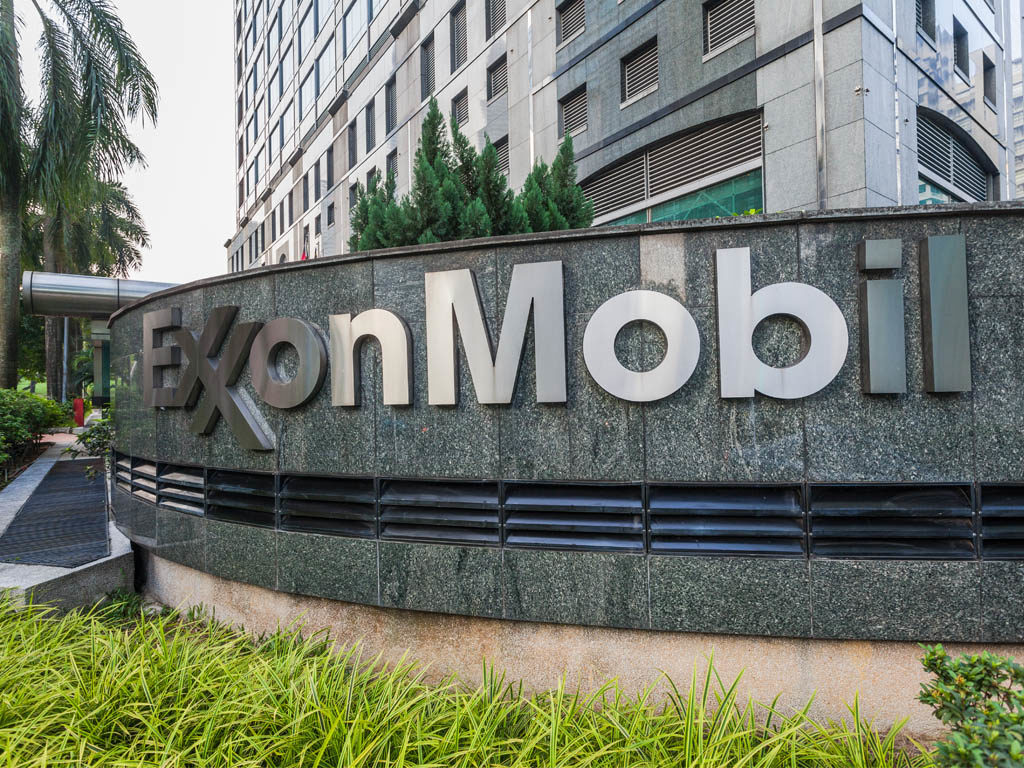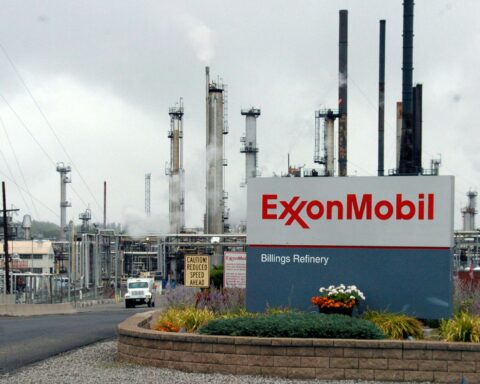ExxonMobil believes the United States could establish a CCS Innovation Zone along the Houston Ship Channel and surrounding industrial areas with the potential to effectively capture all the CO2 emissions from the petrochemical, manufacturing and power generation facilities located there. The CO2 would be piped into natural geologic formations thousands of feet under the sea floor.
CCS could enable the United States to safely capture and store hundreds of millions of metric tons of carbon dioxide (CO2) each year that otherwise would be released into the atmosphere. It’s one of the few proven technologies with the potential to significantly lower emissions from certain hard-to-decarbonize sectors, such as manufacturing and heavy industry.
The question is: How can CCS be deployed broadly to help reduce U.S. emissions more quickly?
For the past three years, ExxonMobil has been assessing the concept of multi-user CCS “hubs” in industrial areas located near geologic storage sites, such as depleted oil and gas reservoirs. We believe the time is right for a large-scale collaboration in the United States between government at every level, private industry, academia and local communities to create an “Innovation Zone” approach to dramatically accelerate CCS progress.
And we think Houston is the perfect place for such a concept.
Houston has two features that make it an ideal site for CCS: It has many large industrial emission sources, and it’s located near geologic formations in the Gulf of Mexico that could store large amounts of CO2 safely, securely and permanently. The U.S. Department of Energy estimates that storage capacity along the U.S. Gulf Coast is enough to hold 500 billion metric tons of CO2 — more than 130 years of the country’s total industrial and power generation emissions, based on 2018 data.
ExxonMobil believes the United States could establish a CCS Innovation Zone along the Houston Ship Channel and surrounding industrial areas with the potential to effectively capture all the CO2 emissions from the petrochemical, manufacturing and power generation facilities located there. The CO2 would be piped into natural geologic formations thousands of feet under the sea floor.

Big idea, big benefits
It would be a huge project, requiring the collective support of industry and government, with a combined estimated investment of $100 billion or more.
But the benefits could be equally big: early projections indicate that if the appropriate policies were in place, infrastructure could be built in Houston to safely capture and permanently store about 50 million metric tons of CO2 annually by 2030. By 2040, it could be 100 million metric tons.
This concept could be a game-changer for deployment of CCS, benefitting not just Houston and its ambition to be carbon-neutral by 2050, but the United States as a whole. In addition to having the potential to effectively decarbonize one of the country’s largest sources of industrial emissions, the concept could generate tens of thousands of new jobs and protect thousands of existing jobs. Importantly, CCS also promises the potential of significant impact at lower societal costs compared to other emissions reduction technologies, especially for the manufacturing sector.
Lessons learned from this Houston CCS Innovation Zone could be replicated in other areas of the country where there are similar concentrations of industrial facilities located near suitable CO2 storage sites, such as in the Midwest or elsewhere along the U.S. Gulf Coast.

A collective effort, built on Houston’s history as an energy innovator
As the “Energy Capital of the World”, Houston is already the home to all kinds of energy innovation. The Houston area also is home to more than 12,000 ExxonMobil employees, including myself.
ExxonMobil is uniquely positioned to help advance this Houston CCS Innovation Zone concept. We’re the global leader in CCS, having cumulatively captured more anthropogenic CO2 around the world than anyone else. We also have extensive reservoir management expertise and decades of proven performance in safely building and operating large-scale projects.
But a concept as ambitious as a Houston CCS Innovation Zone will require a collective effort.
It will need collaboration among federal, state and local officials – the “whole of government” approach the Biden Administration has championed. It will need business support from across industries and community support. It will need government and private-sector funding, as well as enhanced regulatory and legal frameworks that enable investment and innovation. That’s why we envision a “zone” approach, similar to other public-private initiatives established to facilitate economic growth or tackle other broad societal challenges.
And today, one of the biggest challenges is reducing the risks of climate change while continuing to meet people’s need for affordable energy and the products they rely on every day.
The role of policy
We applaud President Biden’s decision to rejoin the Paris Agreement, a framework ExxonMobil has supported since its inception. We believe CCS should be a key part of the U.S. strategy for meeting its Paris goals and included as part of the administration’s upcoming Nationally Determined Contributions (NDC) submission. After all, the International Energy Agency has said, “reaching net-zero [emissions] will be virtually impossible” without CCS.
New policies are needed, however, to spur the investment required to deploy CCS on a pace and scale to meet Paris Agreement goals. Government should establish a durable regulatory and legal environment, and implement policies to enable CCS to receive direct investment and incentives similar to those available to other efforts to reduce emissions. Establishing a market price on carbon will play an important part by providing the needed clarity and stability required to drive investment.
Looking ahead
Meeting the goals of the Paris Agreement is a big challenge – requiring new technologies, new policies and new ways of thinking. A Houston CCS Innovation Zone could be a giant step in the right direction.
In the weeks, months and years to come, ExxonMobil will continue to engage with the industry, government, academic and community leaders who will be needed to make this concept a reality. I look forward to collaborating with them and helping reduce global CO2 emissions, starting right here in my adopted hometown of Houston.






